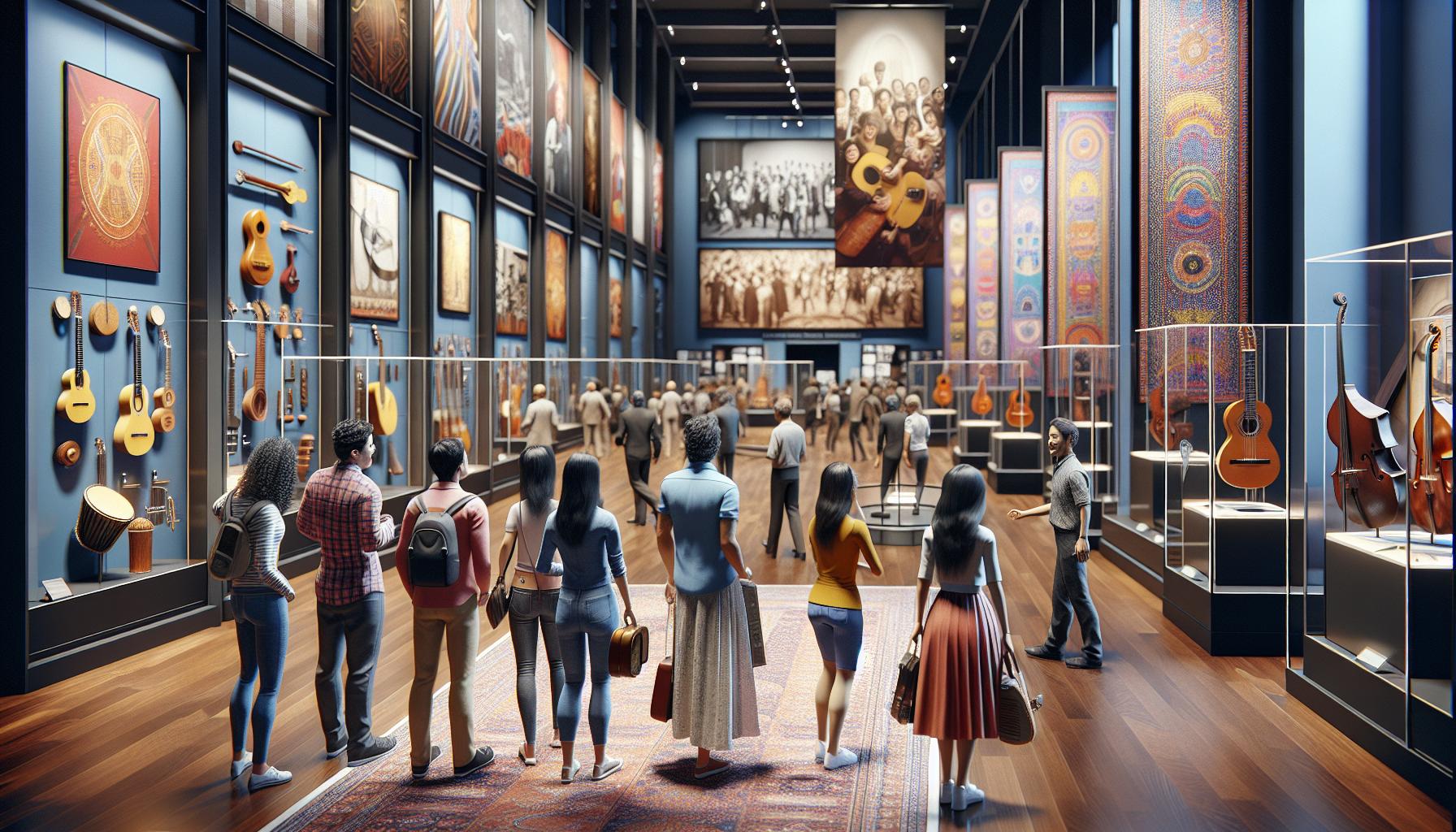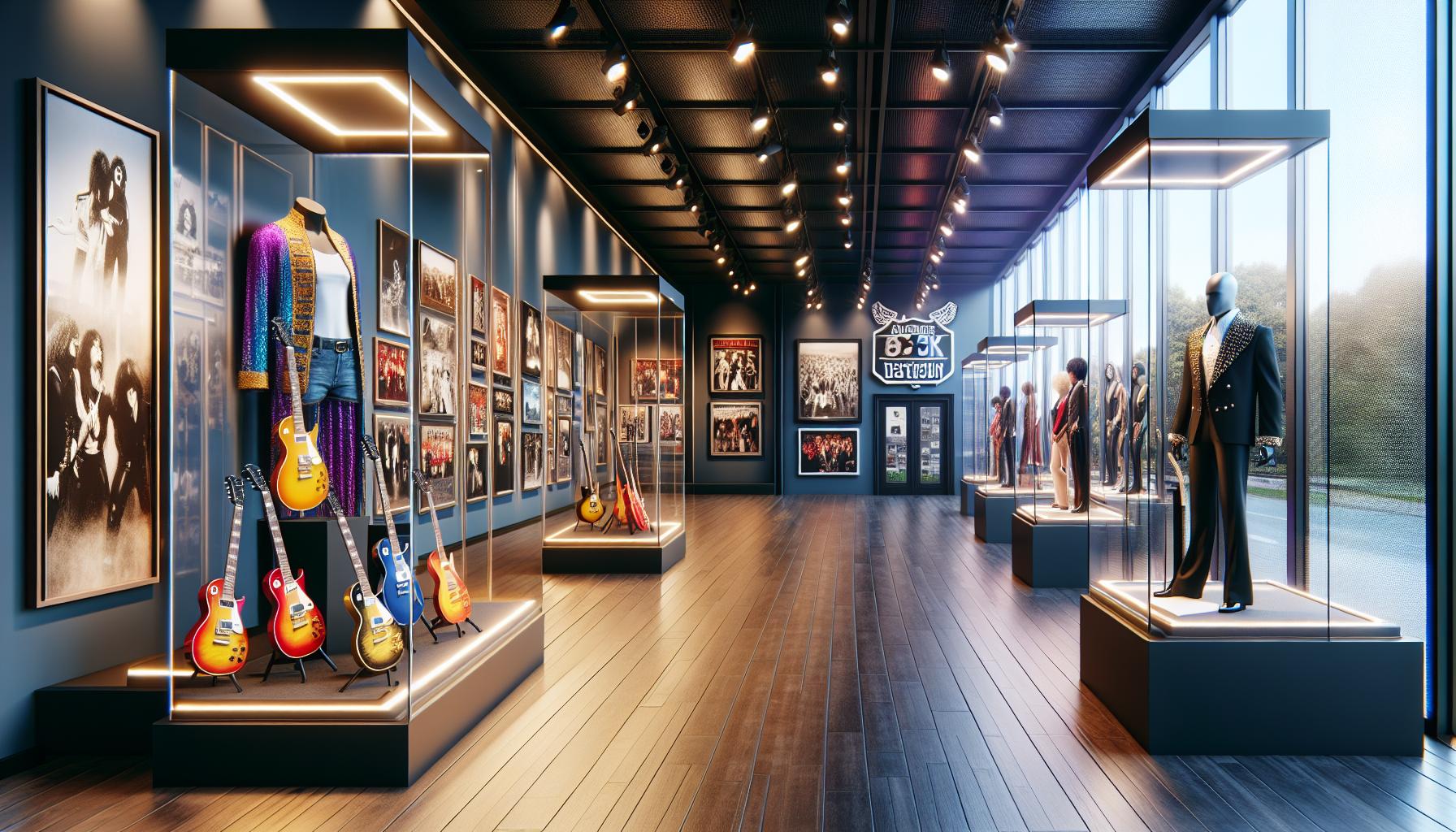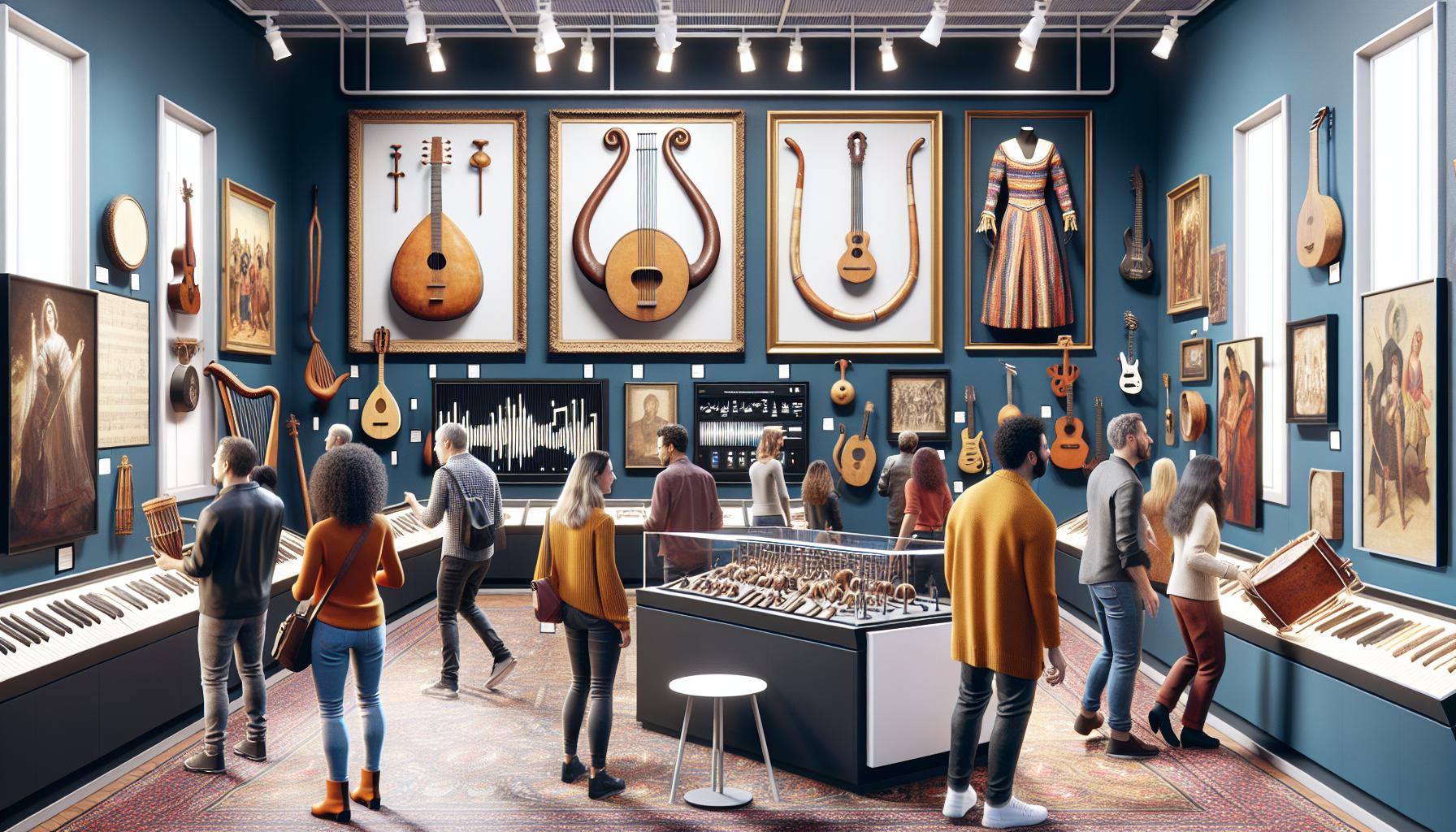Key Takeaways
- Variety of Transportation Options: MSP transportation includes rideshares, shuttles, taxis, and public transit, providing diverse and convenient choices for travelers.
- Rideshare Popularity: Services like Uber and Lyft offer quick pick-up and drop-off at MSP, appealing to both individual travelers and smaller groups.
- Cost-Effective Solutions: Public transit and shuttle options provide affordable alternatives for budget-conscious travelers, while private car services ensure predictable pricing.
- Safety and Reliability: MSP transportation providers maintain high safety standards and offer reliable services, contributing to a stress-free travel experience.
- Traffic and Price Challenges: Expect potential delays due to traffic congestion and price fluctuations during peak demand, making it important to plan travel times accordingly.
In today’s fast-paced world, efficient transportation plays a crucial role in business operations and personal travel. MSP transportation, centered around Minneapolis-St. Paul International Airport, offers a blend of convenience and reliability for travelers and logistics alike. Whether it’s catching a flight or shipping goods, understanding the ins and outs of this transportation hub can make all the difference.
With a variety of options available, from rideshares to shuttle services, navigating MSP’s transportation landscape can be overwhelming. However, knowing the best practices and services can enhance the travel experience significantly. This article delves into the essential aspects of MSP transportation, helping readers make informed choices that suit their needs.
MSP Transportation
MSP transportation encompasses various services catering to travelers and logistics around the Minneapolis-St. Paul International Airport. MSP provides reliable access to numerous transportation options, including rideshares, shuttle services, taxis, and public transit. Understanding these options enhances overall travel efficiency.
Rideshare Services
Rideshare services like Uber and Lyft dominate the MSP transportation landscape. These platforms offer convenient pick-up and drop-off locations at the airport, increasing accessibility for travelers. Riders can book a vehicle through mobile apps, providing a seamless travel experience.
Shuttle Services
Airport shuttles present another reliable MSP transportation option. Many hotels near the airport provide complimentary shuttle services, allowing guests to reach accommodations without extra costs. Additionally, several shuttle companies offer routes to popular destinations within the Twin Cities area.
Public Transportation
Public transportation plays a crucial role in MSP transportation. The Metro Transit Light Rail connects MSP with downtown Minneapolis and St. Paul. Regular service and affordable fares make this option appealing for budget-conscious travelers.
Taxi Services
Traditional taxi services remain available at MSP. Taxis operate from designated stands outside terminal buildings, offering immediate service for those needing transportation upon arrival. Fares are metered, ensuring transparency for travelers.
Connectivity
MSP transportation options also promote connectivity to surrounding areas. Businesses in the vicinity benefit from efficient logistics services, including freight and courier options, crucial for timely deliveries. This well-rounded transportation system enhances both personal and professional travel experiences.
Types of MSP Transportation Services
MSP transportation offers various service options catering to different travel needs. These options enhance convenience and accessibility for travelers in the Minneapolis-St. Paul area.
Airport Shuttle Services
Airport shuttle services provide reliable transportation to and from MSP Airport. Hotels in the vicinity offer complimentary shuttles for guests, ensuring seamless travel. Dedicated shuttle companies operate scheduled services to popular locations, such as downtown hotels and business centers. These shuttles accommodate multiple passengers, making them a cost-effective choice for groups.
Private Car Services
Private car services deliver personalized transportation experiences. This option allows travelers to book vehicles in advance, ensuring a designated driver upon arrival. Services often include luxury vehicles, ensuring comfort during transit. Passengers can specify pick-up locations and travel destinations, making private car services ideal for business travelers and those seeking convenience.
Ride-Sharing Options
Ride-sharing options like Uber and Lyft dominate the MSP transportation landscape. These platforms offer swift and flexible pick-up and drop-off locations at the airport. Users can request rides via mobile apps, making them a favorite for travelers with varying schedules. Competitive pricing and ease of use contribute to their popularity, especially for individual travelers or smaller groups.
Benefits of Using MSP Transportation
MSP transportation offers numerous advantages for travelers and logistics companies, ensuring efficient and smooth travel experiences. Key benefits include convenience, cost-effectiveness, and safety.
Convenience and Accessibility
Convenience plays a significant role in the appeal of MSP transportation. Travelers benefit from multiple transportation options, including rideshares, shuttles, taxis, and public transit. Rideshare services like Uber and Lyft allow quick and easy pick-up and drop-off at the airport. Hotel shuttles and dedicated shuttle companies provide connections to popular destinations, allowing for hassle-free travel. Public transportation, particularly the Metro Transit Light Rail, offers direct routes to downtown areas, enhancing the overall accessibility of the MSP transportation network.
Cost-Effectiveness
Cost-effectiveness remains a crucial factor for both personal and business travel. Public transit options, such as Metro Transit Light Rail, provide affordable alternatives for those prioritizing budget-friendly travel. Airport shuttles serve groups efficiently and reduce individual travel expenses. In contrast, private car services offer fixed rates, ensuring travelers avoid unexpected charges. Travelers can save money without sacrificing quality or convenience when utilizing the range of MSP transportation services available.
Safety and Reliability
Safety and reliability rank among the top priorities for any transportation service. MSP transportation providers adhere to strict regulatory standards, ensuring vehicles are well-maintained and drivers are properly vetted. Frequent reviews and ratings help travelers select the most reliable services. Shuttle and rideshare companies boast efficient services, minimizing wait times. As a result, MSP transportation instills confidence in travelers, allowing for a stress-free travel experience.
Challenges in MSP Transportation
MSP transportation faces several challenges that can impact travel experiences. Factors like traffic congestion and price fluctuations can create hurdles for travelers and logistics.
Traffic and Delays
Traffic congestion often leads to significant delays in MSP transportation. High volumes of vehicles during peak hours create bottlenecks, particularly on major roadways surrounding the airport. Shuttle services and rideshares may experience longer wait times due to unpredictable traffic patterns. Moreover, road construction and seasonal weather conditions can further exacerbate delays, causing frustration for travelers. Understanding peak travel times, typically early mornings and late evenings, allows travelers to plan accordingly and minimize disruptions.
Price Fluctuations
Price fluctuations play a critical role in MSP transportation, particularly for rideshare services. Surge pricing during peak demand can lead to substantially higher fares, creating budgetary concerns for travelers. Moreover, taxi and private car service rates can also vary based on time of day and demand, impacting overall travel costs. Passengers may encounter unexpected price changes, especially during events or holidays. It’s advisable for travelers to compare options and book in advance when possible to secure more favorable rates.
MSP transportation offers a wealth of options that cater to diverse travel needs. From the convenience of rideshare services to the affordability of public transit, travelers can choose what best suits their schedules and budgets. The reliability of airport shuttles and traditional taxis ensures that passengers can navigate the Minneapolis-St. Paul area with ease.
While challenges like traffic congestion and price fluctuations exist, understanding these factors can help travelers make informed decisions. By comparing available options and planning ahead, they can enhance their overall travel experience. MSP transportation remains a vital component of seamless travel, providing the accessibility and efficiency needed for both business and leisure journeys.




